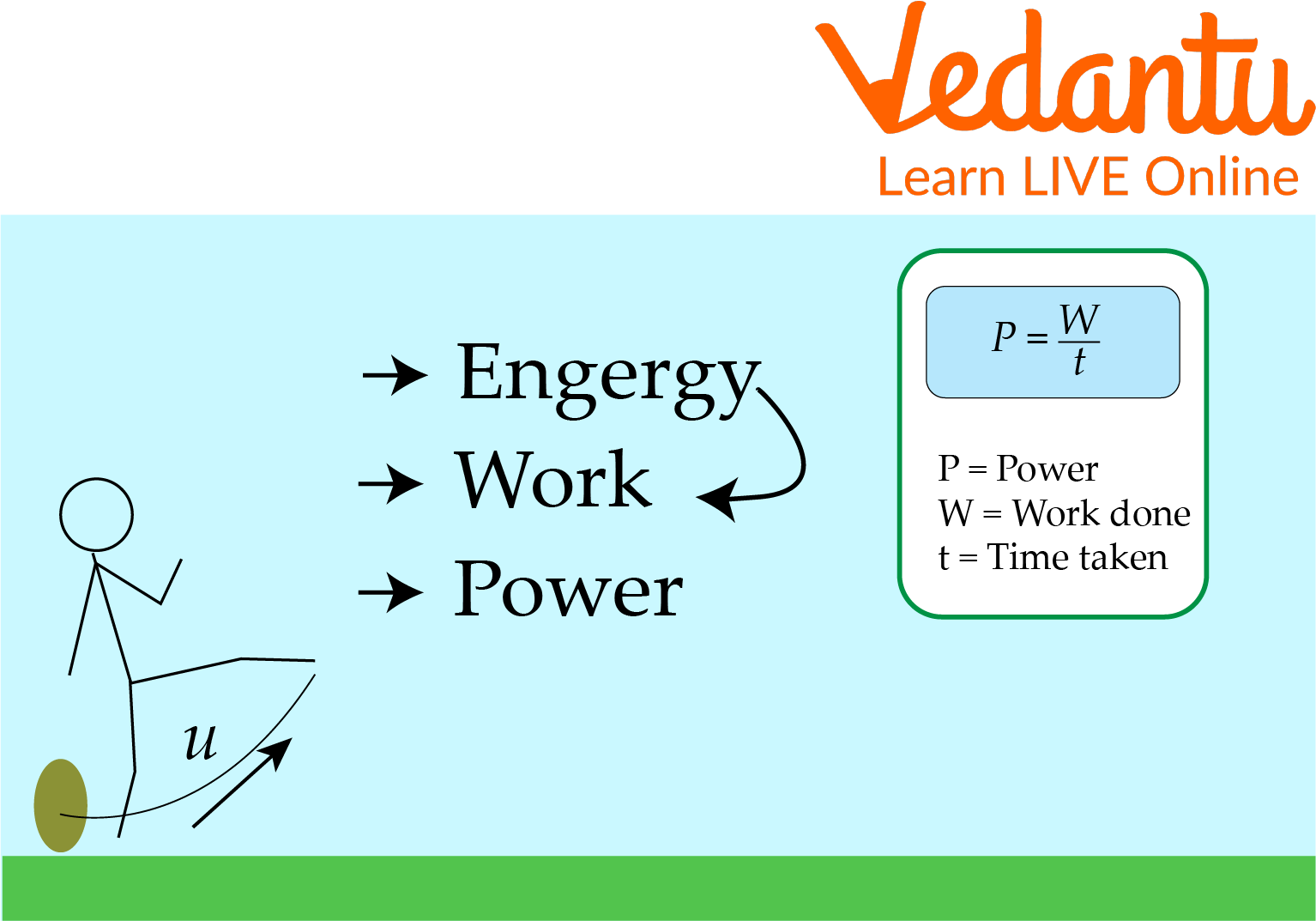




Overview of Power
You might’ve observed that weight lifters pick up heavy mass in very little time and without that much effort because they have the power to perform such an activity. Or anything you pick up, like a pen, bottle, or book, is because you have the energy required to pick up these things.
So today, we will study what power is. Power is the rate at which an activity or task is completed in the shortest amount of time. It measures the quantity of energy that is converted or transmitted per unit of time, where a high power shows a high output of work or energy. Further, we will study some facts about power, how power is measured, average power and much more.

Weightlifters Lifting the Weight
What is Power?
Power is the measurement of the rate at which work is done. It is constantly based on the work done. It is described as the quantity of energy transformed per unit of time. One joule per second equals one watt in its International System of Units. Power is a scalar quantity. Its SI unit is named in honour of James Watt, inventor of the steam engine.
For instance, when you ride a bicycle at a fast speed, a lot of effort is required, a lot of energy is spent in a short amount of time, and you feel tired. This is because you need more power to do so than you have.
How is Power Measured?
According to the international system of units, power is expressed in watts. A watt of power is equivalent to a joule of energy expanded over a second. The following equation can determine the power:

Formula of Power
The SI unit of power is Watt.
Watt is expressed as when a body does the work of one joule in one second, it is called one-watt power.
For example, Two boys are carrying fruit boxes toward their home. The first boy reaches home in 200 seconds, whereas the second boy in 100 seconds. Calculate the power of both boys if the work performed by both is 400 joules.
Solution:
The power of the first person is:
Power of the second person:
This shows that the second boy is doing the work with more power than the first boy.
What is Average Power?
Average power is the ratio of total work done in the total time.
Here,
P av is average power, W is work done, and t is the time.
What is Instantaneous Power?
Instantaneous power is the amount of power used at a specific time. In electronics, instantaneous power is an important metric. It is a way to measure power. In one way, power can be measured as average power, instantaneous power is another way to measure power. It is the power at a particular moment, whereas average power is the average power used in the whole period.
P = V x I
Here, P is the instantaneous power.
V is the voltage, and I is the current.
Facts About Power
Some interesting facts about power include:
A year's worth of solar energy could power the planet for 60 minutes.
10 Google searches can power a 60-watt lamp.
A single lightning bolt releases five times more heat than by the sun.
A single wind turbine may power 1400 households.
Summary
We can sum up by saying that power is the rate at which an activity or task is completed in the shortest amount of time. It measures the quantity of energy converted or transmitted per unit of time, where a high power shows a high output of work or energy. We have learnt about power in this article; now we can also differentiate between instantaneous and average power. Power is a very important topic in Physics, and this article will be very helpful in solving problems on power in Physics.
FAQs on Facts About Power
1. Who was James Watt?
James Watt was a Scottish engineer who first described another unit of power, ‘horsepower’.
2. How is electric power made?
According to the U.S. Energy Information Administration, coal, nuclear power, and natural gas made up most of the country's electrical generation in 2020. Renewable energy sources like wind, hydropower, solar, biomass, and geothermal are used to generate electricity.
3. What is the difference between average and instantaneous power?
The rate of doing work is called power. The basic difference between average and instantaneous power is that average power is the ratio of total work and total time. While instantaneous power is the limiting value of average power.









